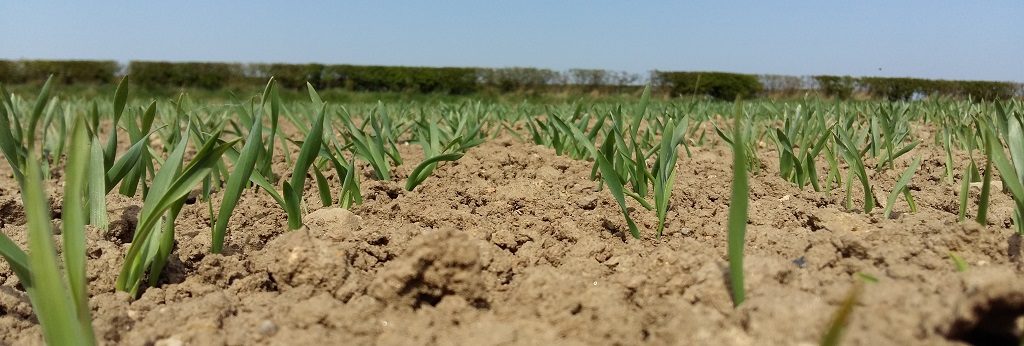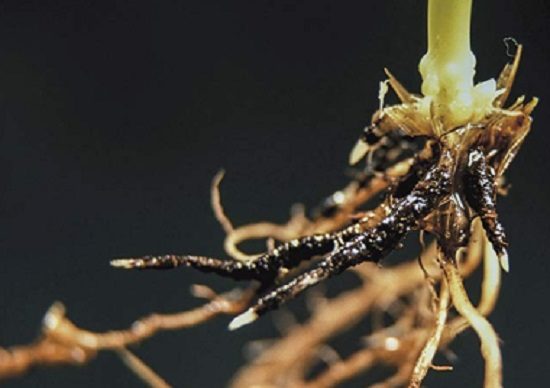
Don’t underestimate the need for a seed treatment

Seed & soil-borne diseases
Find out more about seed and soil-borne diseases and test your knowledge with a quiz.


Find out more about seed and soil-borne diseases and test your knowledge with a quiz.